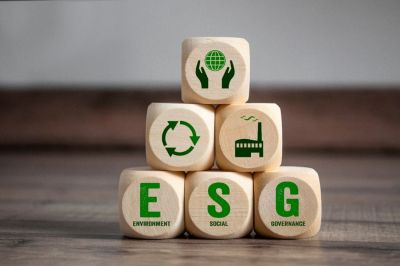Environmental, social and corporate governance (ESG)
| [checked revision] | [checked revision] |
Caesajanth (talk | contribs) No edit summary |
Caesajanth (talk | contribs) No edit summary |
||
| Line 26: | Line 26: | ||
<loop_area type="websource"> | <loop_area type="websource"> | ||
[[File:c8.5_web_b.png|right|100px]]Sustainability Leaders (2021, March 16).<br>[https://podcasts.apple.com/us/podcast/the-evolution-of-esg-in-mining/id1460595264?i=1000513207886 The Evolution of ESG in Mining. Episode 33.<br><small>Time to listen 31m</small> | [[File:c8.5_web_b.png|right|100px]]Sustainability Leaders (2021, March 16).<br>[https://podcasts.apple.com/us/podcast/the-evolution-of-esg-in-mining/id1460595264?i=1000513207886 The Evolution of ESG in Mining. Episode 33.]<br><small>Time to listen 31m</small> | ||
</loop_area> | </loop_area> | ||
Revision as of 16:59, 18 August 2025

The emergence of ESG
The previous learning units 7.1: Preliminary remarks on the view on companies and organisations and 7.2: Corporate social responsibility have already discussed how CSR can help to view companies not only in terms of their economic performance, but also in terms of their social and ecological commitment. In this sense, CSR can overlap with sustainability models and the SDGs, particularly regarding corporate actions.
To encourage businesses worldwide to adopt sustainable and socially responsible policies, the UN Global Compact was launched as a voluntary initiative in 2000. It is based on ten universal principles in areas like human rights, labour, environment, and anti-corruption and marked one of the first major efforts to formally involve the private sector in global sustainability.
In 2004, together with major financial institutions, the UN Global Compact issued a report titled "Who Cares Wins"[1], where it introduced and defined the notion of ESG as “emphasising the importance of environmental, social, and governance factors in investment decisions”.[2] This was when the concept gained global prominence for the first time.
The SDGs help to integrate and highlight companies’ engagement in ESG issues as they represent the first global UN goals that holistically address the contributions of all stakeholders, including businesses. ESG frameworks provide companies and investors with practical tools and metrics to assess how corporate activities contribute to or impact the SDGs. For example, carbon emissions (E), labour practices (S), and board diversity (G) directly relate to SDG targets. Thus, since the early 2000s the ESG movement has grown from a UN CSR initiative into a global phenomenon. For instance, while in 2006 “63 investment companies (…) with US$6.5 trillion in assets under management (AUM) [were] incorporating ESG issues”[3], following the Global Sustainable Investment Alliance (2023:5), “$30.3 trillion (...) [had been] invested globally in sustainable investing assets”[4] in 2022.
Further listening: Podcasts about ESG and Mining

MSCI (2021, December 10).
We need miners and cheap drugs. Episode 161.
Time to listen 21m

Sustainability Leaders (2021, March 16).
The Evolution of ESG in Mining. Episode 33.
Time to listen 31m
Bernd G. Lottermoser /
Matthias Schmidt (Ed.)
with contributions of
Anna S. Hüncke, Nina Küpper and Sören E. Schuster
Publisher: UVG-Verlag
Year of first publication: 2024 (Work In Progress)
ISBN: 978-3-948709-26-6
Licence: Ethics in Mining Copyright © 2024 by Bernd G. Lottermoser/Matthias Schmidt is licensed under Attribution-ShareAlike 4.0 International Deed, except where otherwise noted.

Further Informationen:
Project "Ethics in Mining"
